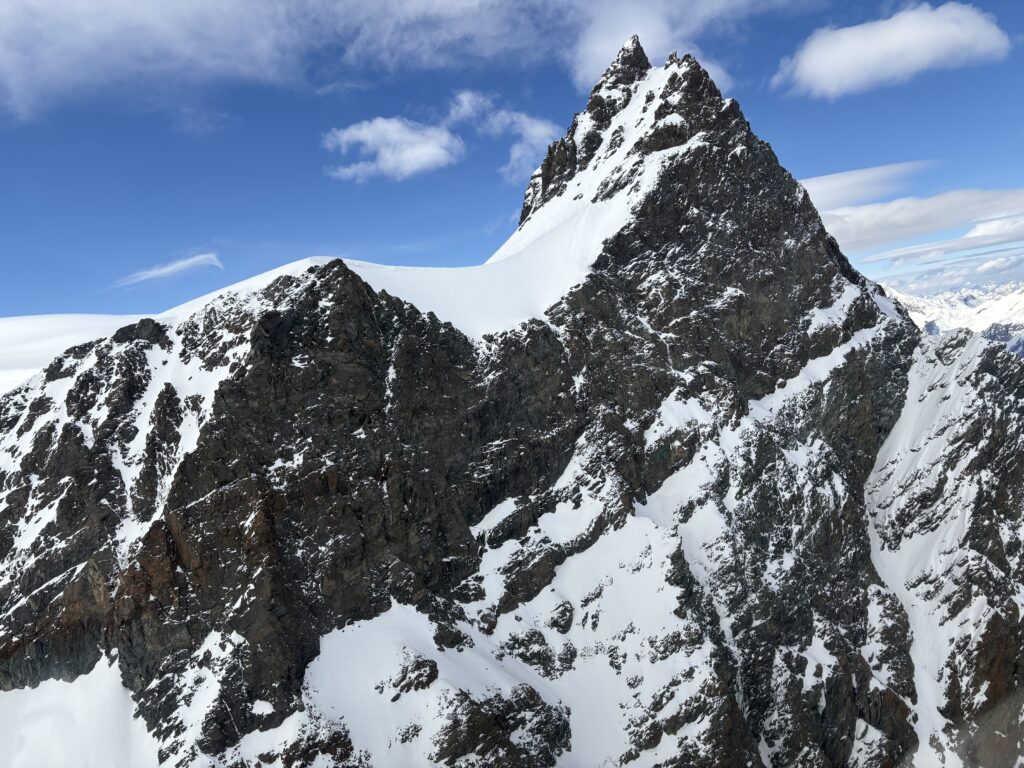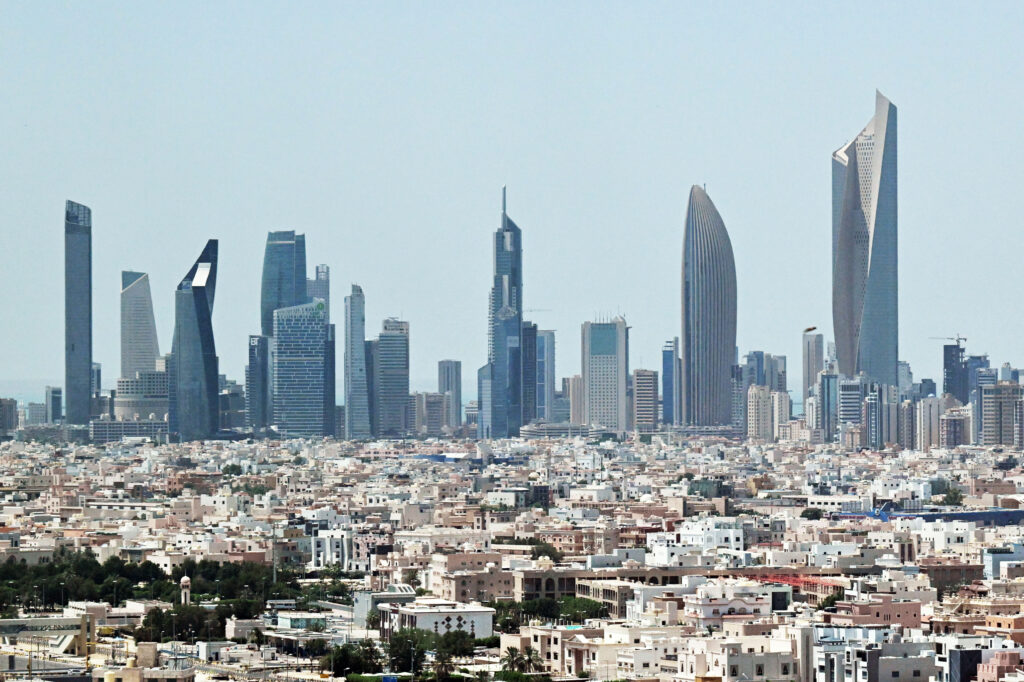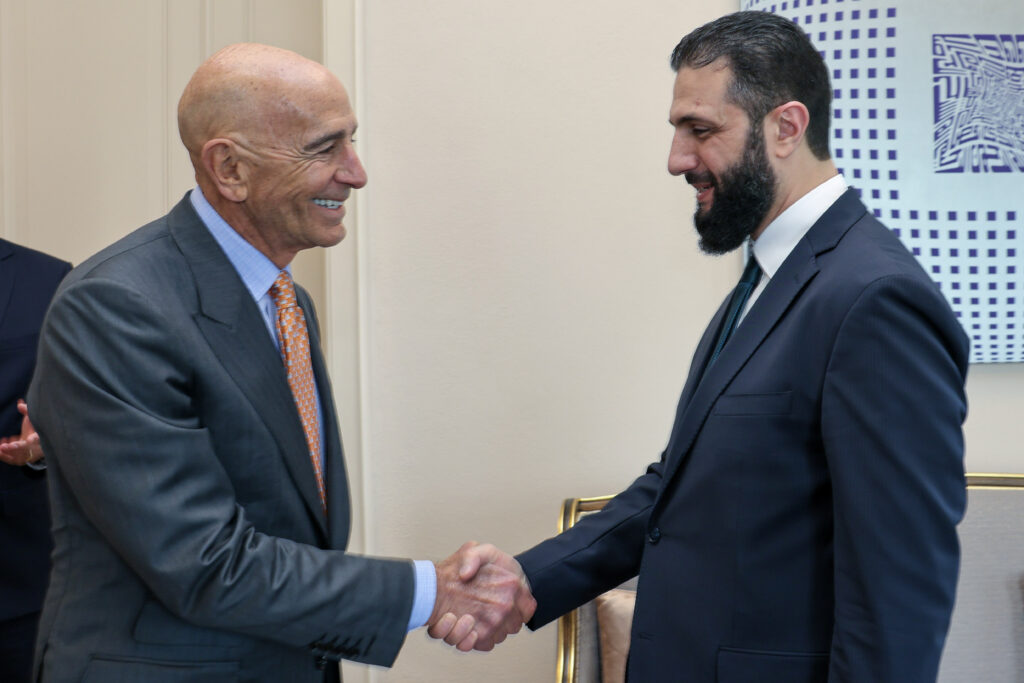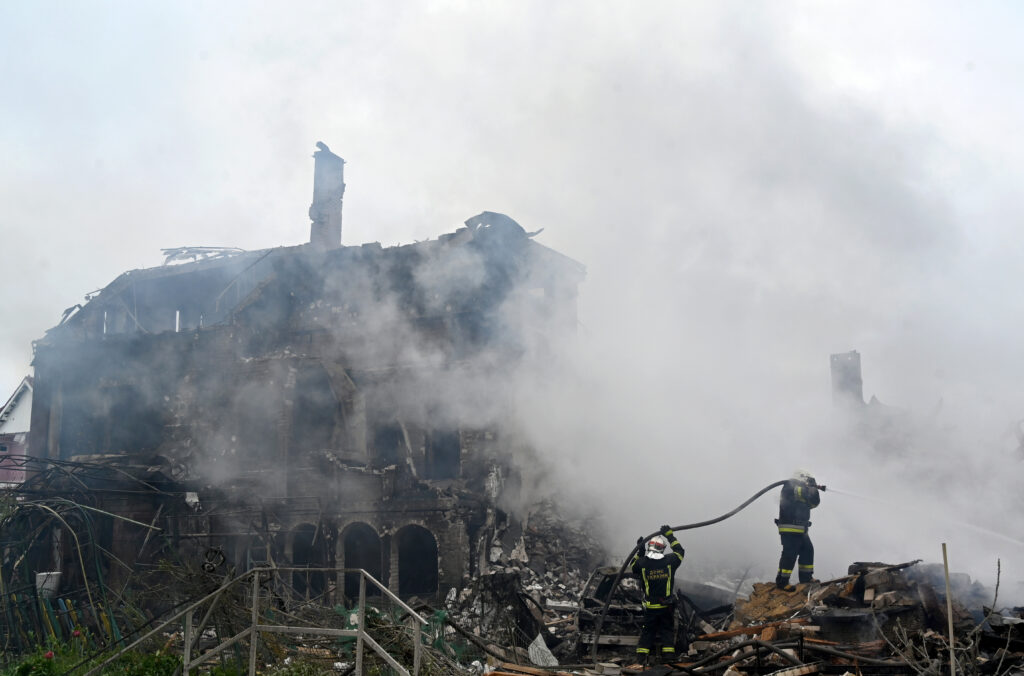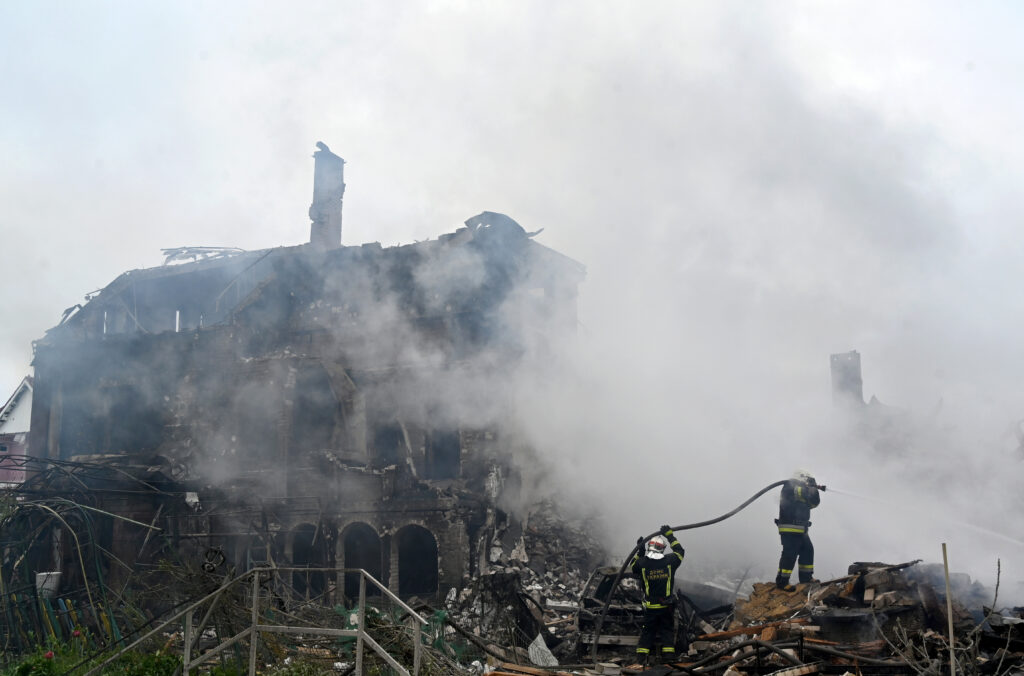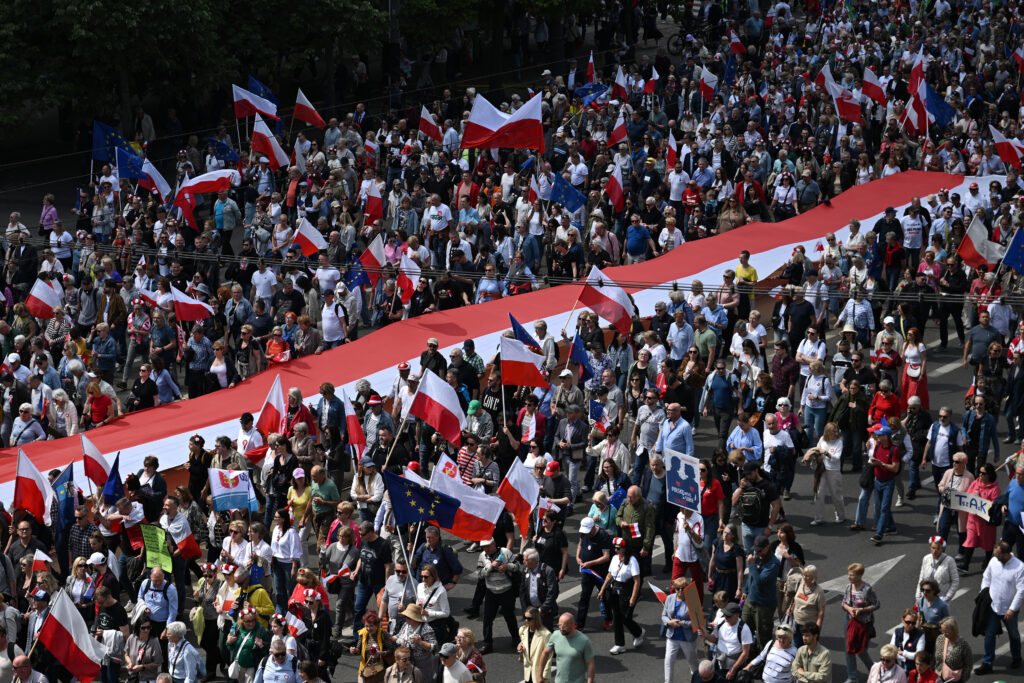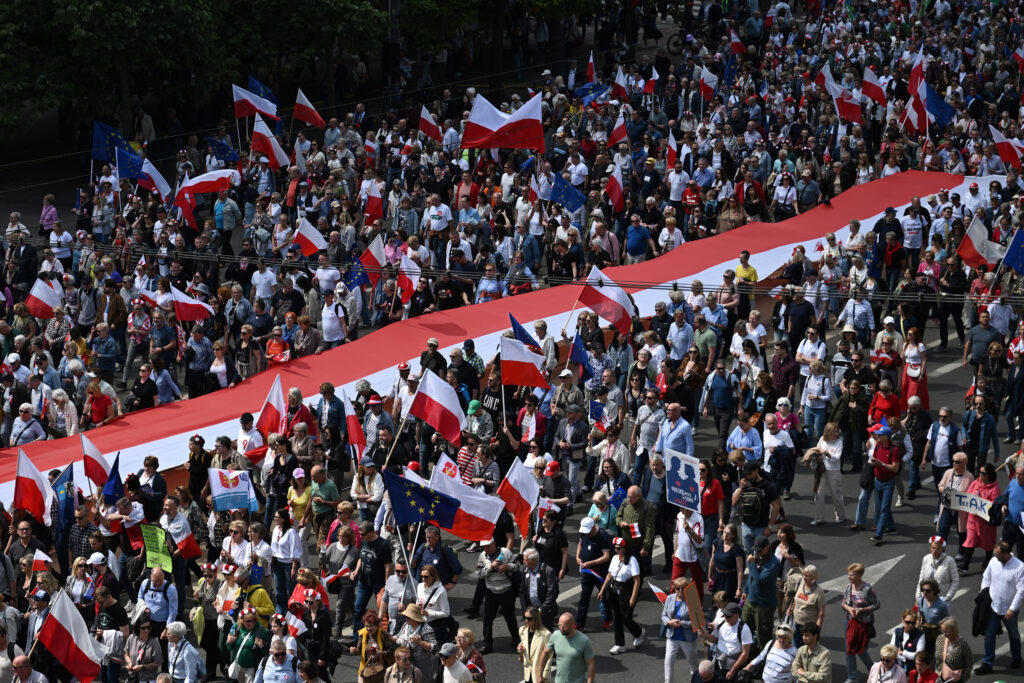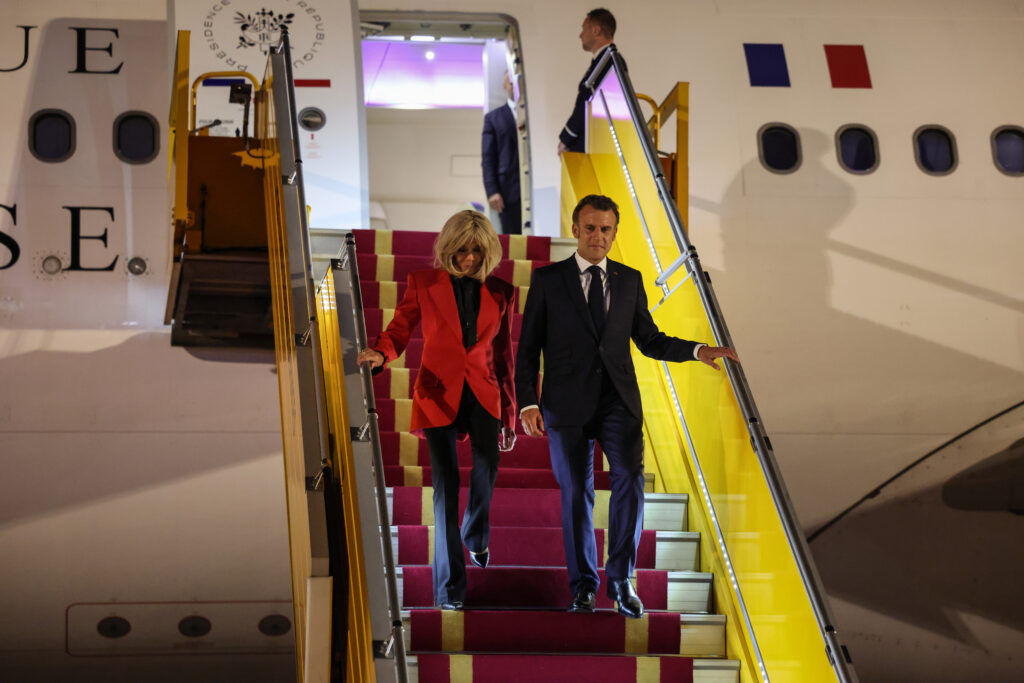Six morts pendant un week-end tragique dans les montagnes suisses
La Suisse a connu un week-end tragique en montagne avec la mort de six personnes samedi et dimanche dans le massif alpin.Samedi, cinq corps de skieurs ont été retrouvés sans vie dans le massif du Rimpfischhorn, dans les environs de Zermatt, une des stations de ski les plus huppées de Suisse. Les identités et les circonstance du décès n’ont pas encore été précisées par la police du canton du Valais.Dimanche, c’est un alpiniste suisse de 29 ans qui a été tué dans une avalanche, sur le Morgenhorn, qui surplombe Kandersteg, une bourgade nichée au coeur de paysages spectaculaires dans le canton de Berne. – Identification en cours -L’identification formelle des cinq victimes de samedi, qui se trouvaient sur le glacier de l’Adler, “est toujours en cours”, a précisé la police valaisanne.Ce sont deux randonneurs à ski qui effectuaient l’ascension du Rimpfischhorn, qui culmine à presque 4.200 mètres, qui ont donné l’alerte samedi vers 16H30 (14H30 GMT).Ils avaient remarqué la présence de skis au pied du sommet mais “sans avoir croisé leurs propriétaires sur l’itinéraire”, indique un communiqué.Les corps sans vie de cinq personnes ont rapidement été découverts, après le survol par un hélicoptère d’Air Zermatt, ajoute la police, qui ne donne aucun détail sur les circonstances qui ont pu mener au décès des cinq skieurs, ni sur leur sexe ou leur âge.”Le Ministère public a ouvert une instruction afin de déterminer les circonstances exactes de cet accident”, indique-t-elle.Interrogée par l’AFP, la porte-parole de la police Kathleen Pralong-Cornaille, a précisé que les identifications et des détails sur les circonstances du décès des 5 skieurs devraient être disponibles dans les jours qui viennent.Air Zermatt, une société qui organise des survols de la région pour les touristes mais assure aussi un service d’intervention d’urgence, a précisé qu’à “environ 500 mètres en-dessous” de l’endroit où se trouve un dépôt de skis, l’équipage de l’hélicoptère “a découvert trois alpinistes sur un cône d’avalanche”, mais le médecin urgentiste n’a pu que constater leur décès.”Alors que l’équipage continuait à fouiller la paroi rocheuse au-dessus, ils ont découvert deux autres personnes sur une petite plaque de neige à environ 200 mètres au-dessus”, ajoute le communiqué d’Air Zermatt, précisant que là encore les deux skieurs étaient déjà morts à l’arrivée de l’équipage. En mars 2024, ce sont six skieurs de randonnée, âgés de 21 à 58 ans, qui sont décédés dans une violente tempête de neige près de Zermatt. Le groupe comprenait cinq membres d’une même famille.- Avalanche -L’alpiniste décédé dimanche a été emporté par une avalanche en début d’après-midi sur le Morgenhorn, au-dessus de Kandersteg. Deux autres alpinistes ont aussi été emportés par la coulée, mais ils ont pu être secourus, a indiqué la police. Légèrement blessés, ils ont été transportés à l’hôpital, précise un communiqué de la police du canton de Berne.La police a été informée de l’avalanche peu après 13H45 locales, selon un autre communiqué. Quatre personnes avaient entrepris l’ascension du Morgenhorn: un groupe de trois et une autre personne partie en solitaire. Deux membres du groupe et l’alpiniste qui était parti seul ont été emportés.Rapidement envoyés sur place, les secouristes ont pu sauver deux des alpinistes, qui n’étaient que partiellement ensevelis, mais n’ont rien pu faire pour le troisième.La police cantonale de Berne a ouvert l’enquête sous la direction du parquet.Entre le 1er octobre 2024 et le 17 mai de cette année, 15 personnes ont été tuées par des avalanches en Suisse, selon l’Institut pour l’étude de la neige et des avalanches.
